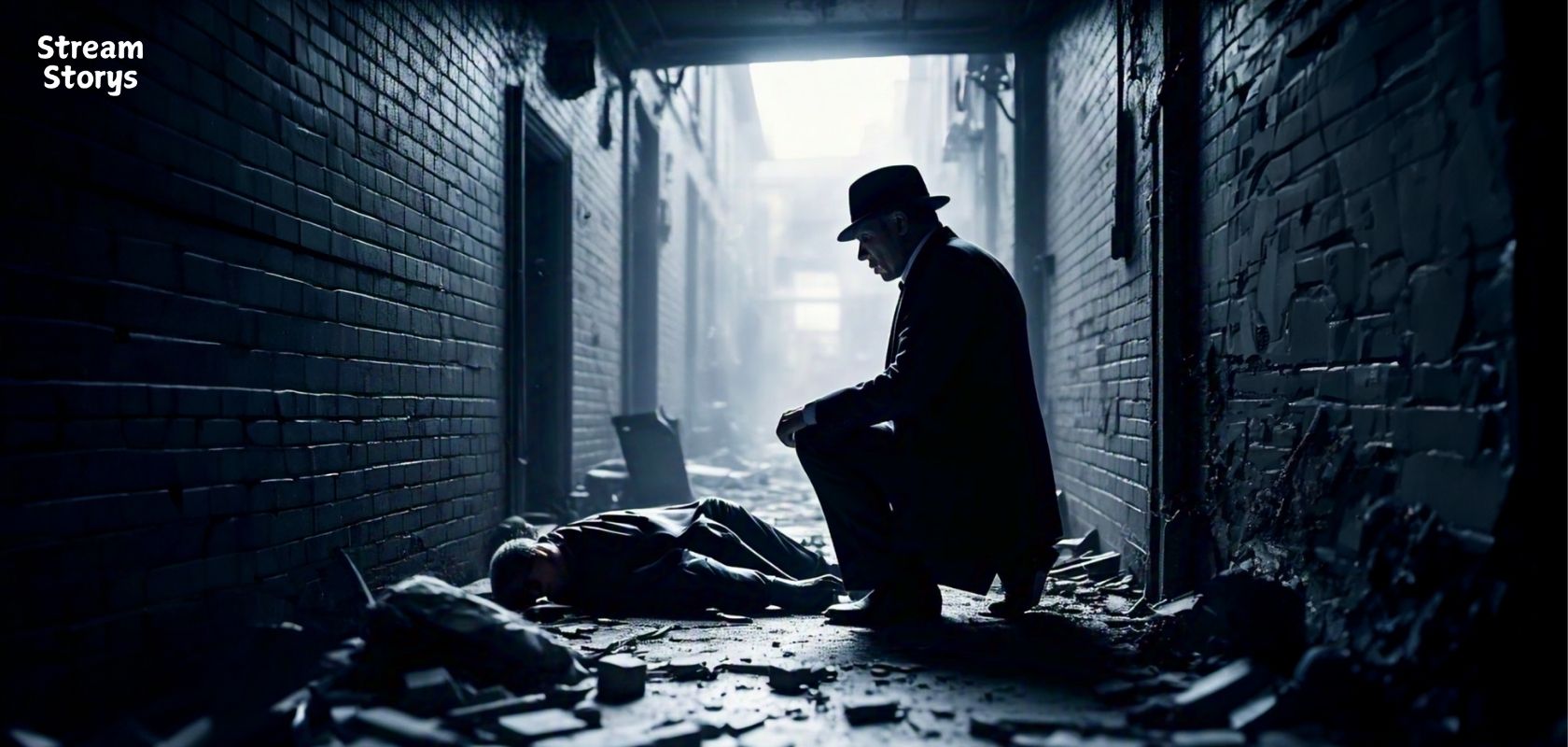
Killer
Taran had become a name whispered in fear throughout the city. A series of gruesome crimes had shattered the peace—young women, all living alone, had vanished without a trace. The police were desperate, their investigation stalled with no solid leads. Each victim was found dead, their bodies left in remote, hidden areas, showing signs of brutal violence. There were no witnesses, no fingerprints, just chillingly similar patterns in each case: the women had been abducted at night, taken to secluded spots, and left to die.
His first victim, Aisha, was a college student who had been walking home alone after late-night classes. Taran had stalked her for days, learning her schedule, studying her every move. One evening, he grabbed her from behind as she walked down a quiet street. A sharp object pressed against her throat, silencing her scream before it even escaped. He dragged her to an abandoned building on the outskirts of town, a place no one ever visited. There, he tied her up, keeping her captive for hours, taunting her with threats and cruel words.
Aisha’s last moments were filled with fear and confusion. Her life was snuffed out without warning, her body left discarded in a dark alley like a piece of trash. There was no sign of struggle, no sign of hope—just the cold indifference of someone who had taken everything from her.
As the weeks passed, the city grew gripped with terror. More women disappeared—Neha, Priya, and several others. Each case followed the same pattern. Taran’s crimes were methodical, precise. He would choose his victims carefully, women who seemed to have everything: independence, beauty, a life ahead of them. To him, they represented something unattainable, something he could never have.
He didn’t just kill them; he made them suffer. He would keep them alive for as long as possible, inflicting pain both physical and psychological. The police could find no connection between the victims, no evidence linking them to each other, except that they were all young women who had been alone at the time of their abduction.
But what made Taran’s crimes even more chilling was the way he taunted the authorities. He would leave subtle clues at each crime scene—small tokens, pieces of clothing, a cryptic note that hinted at his twisted satisfaction. It was as though he wanted the police to know he was always one step ahead, that they would never catch him.
For weeks, the city lived in fear, wondering who would be next. The police worked tirelessly, but they had no real leads. No one knew who Taran was or where he came from. The public’s anxiety grew with every passing day.
Then, after the death of his fourth victim, something changed. A piece of clothing from one of the women was found near an abandoned warehouse on the outskirts of the city. A torn shirt. It was the first real lead the police had. They immediately began investigating the area, and within hours, they found another piece of evidence—a bloodstained knife hidden in a nearby alley.
The breakthrough came when they discovered a series of photographs in an old, abandoned apartment. The photos were of the women Taran had killed—images of them smiling, unaware that they were being watched. It became clear that Taran had been following them long before he struck. The police now had a profile of the killer: someone who had stalked his victims for days, learning their routines, picking the right moment to attack.
The final piece of the puzzle came when they tracked down a witness who had seen a man leaving one of the crime scenes. It was a small break, but it was enough. The witness was able to give a description of Taran—a man in his late thirties, with a nondescript appearance, blending in perfectly with the crowd.
Within days, Taran was caught. The police raided his apartment and found more disturbing evidence—photographs, trophies, and personal items from each of the women he had killed. Taran was arrested and charged with multiple counts of murder.
His motives were never fully understood. He was a man whose mind had become twisted, driven by an urge to control, to destroy. But what was clear was that his crimes were deliberate, ruthless, and calculated. He had become a predator, and the city was his hunting ground.
In the end, Taran was sentenced to life in prison. But the damage he had caused was irreparable. The families of his victims would never be whole again. The women he had killed, their lives snuffed out in an instant, would forever be remembered as victims of a monster whose only crime was his need for control.
Credits
Posters : Photoshop, Meta AI, Canva. Designed by Jessi Hemanth